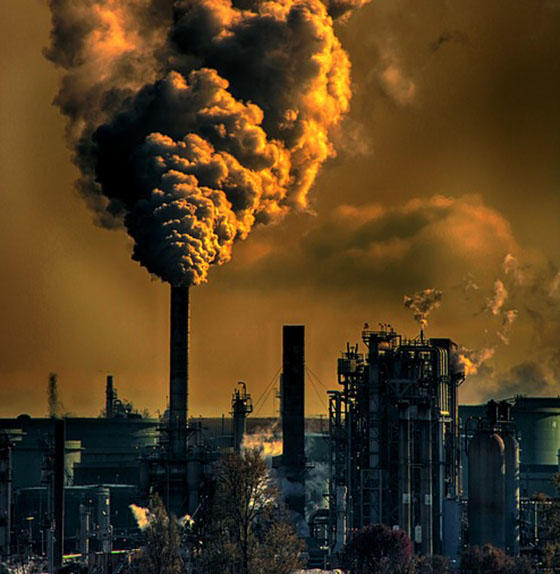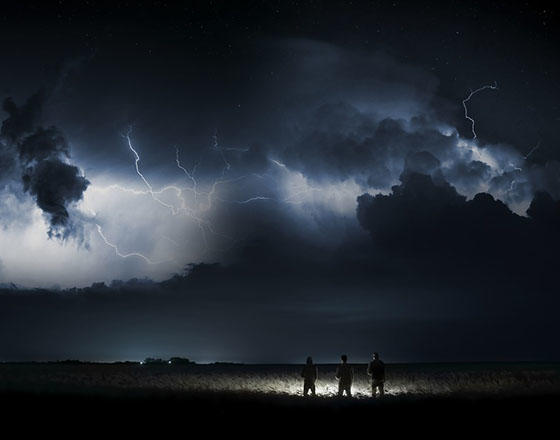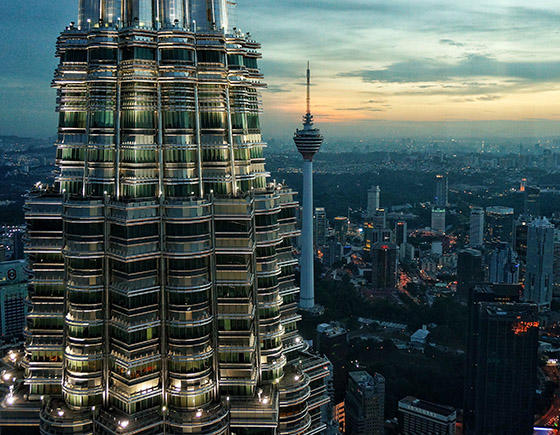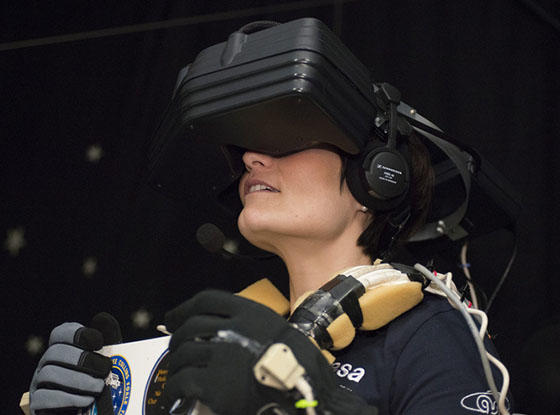Professor Jean Webb, Director of the International Forum for Research in Children’s Literature, interrogates how Young Adult Science Fiction explores the possible futures of our planet.
Climate change and the impact upon the environment are very much in the current public arena. Problems emanating from global warming, climate change and the depletion of natural resources are not going to end with the current generation but will continue into the future becoming the problems with which the youth of today will have to grapple.
Increasingly writers of teenage and Young Adult fiction are addressing such matters in speculative science fiction - a space where these matters can be contemplated; awareness raised and possible futures posited in creative and imaginative ways. Youthful protagonists are placed at the centre, experiencing and learning to cope with these inherited problems.

Through researching a book chapter I found that this is an international phenomenon arising in publishing in Australia, the UK and America. Although the authors devise different scenarios there are commonalities such as the interface between people and the environment, the collapse of society and the use of technology.
They question what it is to be human in an environmentally devastated world by placing their protagonists in extreme circumstances testing their moral character, courage and ingenuity. They all place the responsibility with teenagers who become the decision makers who can affect the course of the world, implicitly raising questions for the reader such as ‘What would I do in this situation?'
Through my research I identified a spectrum of development with three key stages. The first, ‘Extreme weather’, comprises texts intent upon raising consciousness of the devastating effects of global warming and extreme weather. They interrogate experiences of surviving increasingly difficult situations such as extreme drought or flooding due to rising sea levels. The second, ‘Cityscapes’ uses more hypothetical scenarios reimagining the city as a physical and social environment. The third stage, ‘Posthuman Future’, considers the possibilities of life adapted beyond the boundaries of the normal body. All pose a further range of questions, for example, about the nature of humanity, power relations and social organisation. The examples given below are indicative of the work to be found on the Goodreads’ websites and dedicated Environmental Science Fiction sites.

South East Australia suffered an extreme drought from 2001-2009. Tony Davis’ The Big Dry (2013) is an Australian novel confronting living in a drought stricken area. The two young brothers are alone as their father has left to find food.
The effects of drought result in crime and violence for people are desperate to protect what they have in order to survive. Survival in this hostile climate and social environment is paramount for the boys as they search for their now lost father.
Whereas drought is a reality Australia in the UK devastating flooding is an increasing possibility, for 2015-16 saw the wettest months since records began in 1910. Marcus Sedgwick’s Floodland (2010) directly addresses this probable eventuality.
Set in low-lying East Anglia, the drastic rise in sea levels means towns and cities such as Norwich are reduced to over-crowded islands. Zoe and her parents are forced to leave. Unfortunately separated from her parents, Zoe has to draw on all her strength and personal resources to survive alone in a socially hostile environment, for as in The Big Dry society has collapsed. Finally finding her parents they have to adapt positively to a changed way of life.

Julie Bertgana’s Exodus (2011) is a speculative hypothetical world affected by environmental disaster due to human behaviour, combining a number of the subjects considered to date. Rising sea levels threaten to engulf the small Scottish island.
Mara begins the exodus to find ‘New Mungo’, a city sitting above the ocean on great steel legs around which gather refugee boats. This supposed haven is guarded by Sea Police who fire on the refugees raising questions about the treatment of refugees by those in power; about the conditions in camps and the treatment of the dispossessed, which are all situations extant in today’s world. Inside ‘New Mungo’ is an artificial, futuristic and hostile world which Mara has to negotiate as is a refugee, an alien.

A further response to environmental disaster is the adaptation of the body. B.R. Collins’ Game Runner (2011) employs a parallel secondary world inside a computer game.
Rick, the teenage protagonist ‘lives’ in this computer generated world of immersive multimedia virtual reality gaming. Here he performs superhuman feats.
Outside the real environment has been destroyed by nuclear war and industrial waste. Rick’s final decision is whether to live as playing a game or to face the real dangers created by environmental abuse and re-make this world.
In conclusion these are some examples of the weight and wealth of environmental speculative fiction available for teenagers: fiction which plays out what could all too closely become reality
Professor Jean Webb teaches on the English Literature BA (Hons) course at the University of Worcester and is the Director of the International Forum for Research in Children’s Literature.
All views expressed in this blog are the Academic’s own and do not represent the views, policies or opinions of the University of Worcester or any of its partners.